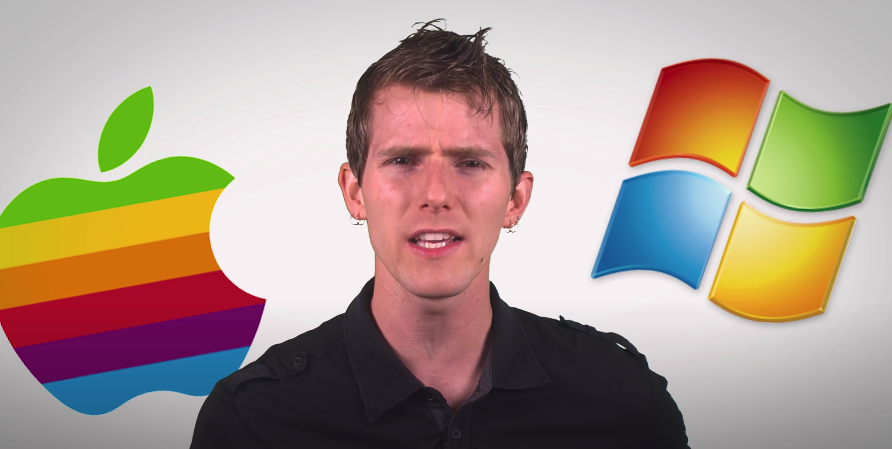
OS Basics
R
Hacking and pen-testing in general at the basic level requires basic knowledge of the Mac, Windows and Linux operating systems.
Study and understand each of these fundamental topics listed in 1.1 and 1.2
Operating System Basics
1.1 Compare and contrast common operating system types and their purposes.
-
32-bit vs. 64-bit, RAM limitations, Software compatibility
-
Workstation operating systems, Microsoft Windows, Apple macOS, Linux
-
Vendor-specific limitations, End-of-life, Update limitations
1.2 Summarize general OS installation considerations and upgrade methods.
-
Driver installation, software, and Windows updates
-
Factory recovery partition
-
Prerequisites/hardware compatibility
-
Application compatibility
Microsoft operating system features and tools
- Command-line
- Notepad
- Explorer
- System restore
- Windows update
Understanding operating systems
Hacking and pen-testing in general at the basic level requires basic knowledge of the Mac, Windows and Linux operating systems,
Computers are useless without software. Without software computers are pretty much just a paperweight, especially if you don't have a way to interact with it.
There are many types of software or programs, and the most important one you will deal with is the operating system.
Operating systems have many, complex functions, but two of them jump out as being critical, interfacing with the hardware and providing a platform on which other applications can run.
Operating system
The operating system provides a consistent environment for other software to execute commands. The OS provides users with an interface with the computer so that they can send commands (input) and receive feedback or results (output). To do this, the OS must communicate with the computer hardware to perform the following tasks,
- Disk storage and file management
- Device access
- Memory management
- Output format
Once the OS has organized these basic resources, users can give the computer instructions through input devices (such as a keyboard or a mouse). Some of these commands are built into the OS, whereas others are issued through the use of applications. The OS becomes the center through which the system hardware, other software, and the user communicate, the rest of the components of the system work together through the OS, which coordinates their communication.
Application
An application is used to accomplish a particular task. Each application is specifically compiled (configured) for the OS on which it will run.
Examples of applications include complex programs, such as Microsoft Word and Google Chrome, as well as simple programs, such as a command-line FTP program.
Drivers
Drivers are extremely specific software written for instructing a particular OS on how to access specific hardware. The driver allows the OS to understand how the hardware works and what it can do.
Nice video explaining operating systems
Continued in the next post discussing specifics of the Windows operating system..
This post is a part of our beginner course.
